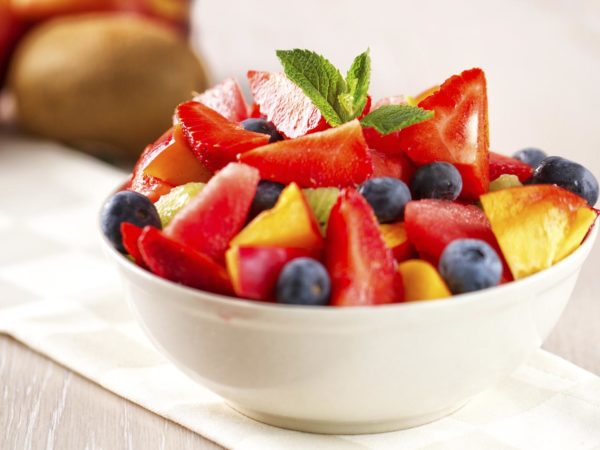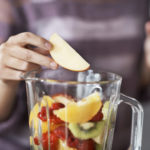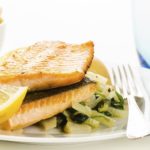Too Much Sugar In Fruit?
I’m trying very hard to avoid sugar, but I’m not sure about the sugar in fruit. Is it the same as the sugar in sweet desserts, candy and sodas?
Andrew Weil, M.D. | January 15, 2018

I’m glad to hear that you’re trying to reduce your intake of sugar. It isn’t easy, since sugar is found in so many foods, not just the obvious ones like cake, ice cream and candy. If you read labels carefully, you’ll see that almost all processed foods contain varying amounts of sugar.
In most cases, you don’t have to worry about the sugar in fruit, although there’s considerable confusion about this. First of all, there’s much less sugar in fruit than in foods and drink – only about 20 grams in an apple, for example compared to 40 grams in a can of soda. Better yet, fruit is nutritious – besides sugar, it gives you fiber, vitamins, minerals, antioxidant pigments and other phytocompounds that promote health. Soda provides only sugar and calories. When you eat fruit, your body responds differently from the way it reacts to consuming soft drinks and sweets: in both cases, your blood sugar levels rise, but the increase after eating fruit is less pronounced.
That’s true for whole fruit. But fruit in other forms – like juice and smoothies – will drive blood sugar up faster. Dried fruit gives you concentrated sugar – a lot more than you would get from fresh fruit.
If you’re concerned about the sugar in specific fruits, take a look at the glycemic index (GI), which lists how fast carbohydrate foods are converted in the body to blood glucose. You’ll see that there are big differences, depending on the type of fruit. I recommend choosing those that rank low (below 55) on the GI scale, such as apples (38), cherries (22), grapefruit (25), oranges (44), pears (38), or plums (39). Intermediate GI fruits include banana (55), cantaloupe (65), mango (55), papaya (58), and pineapple (66). High GI fruits include dried dates (103) and canned fruit cocktail (79). If you have diabetes, it is also important to pay attention to the size of the fruit you eat – choose a small or medium-sized apple over a large one (or eat only half of the large one). A quick and easy measure of the right serving size is the amount that can comfortably fit in the palm of your hand.
The high glycemic load of some fruits can provoke insulin resistance and worsen metabolic syndrome. People with these problems should stick to eating whole fruits and limiting servings of dried fruits to one-quarter cup per day. There is another downside to consuming too much fruit – a rise in serum triglycerides, which can increase cardiovascular risk.
My anti-inflammatory diet calls for three to four daily servings of fresh, seasonal, or frozen fruit, organic whenever possible. If you eat canned fruits, choose water-packed products and drain them before serving.
Andrew Weil, M.D.












